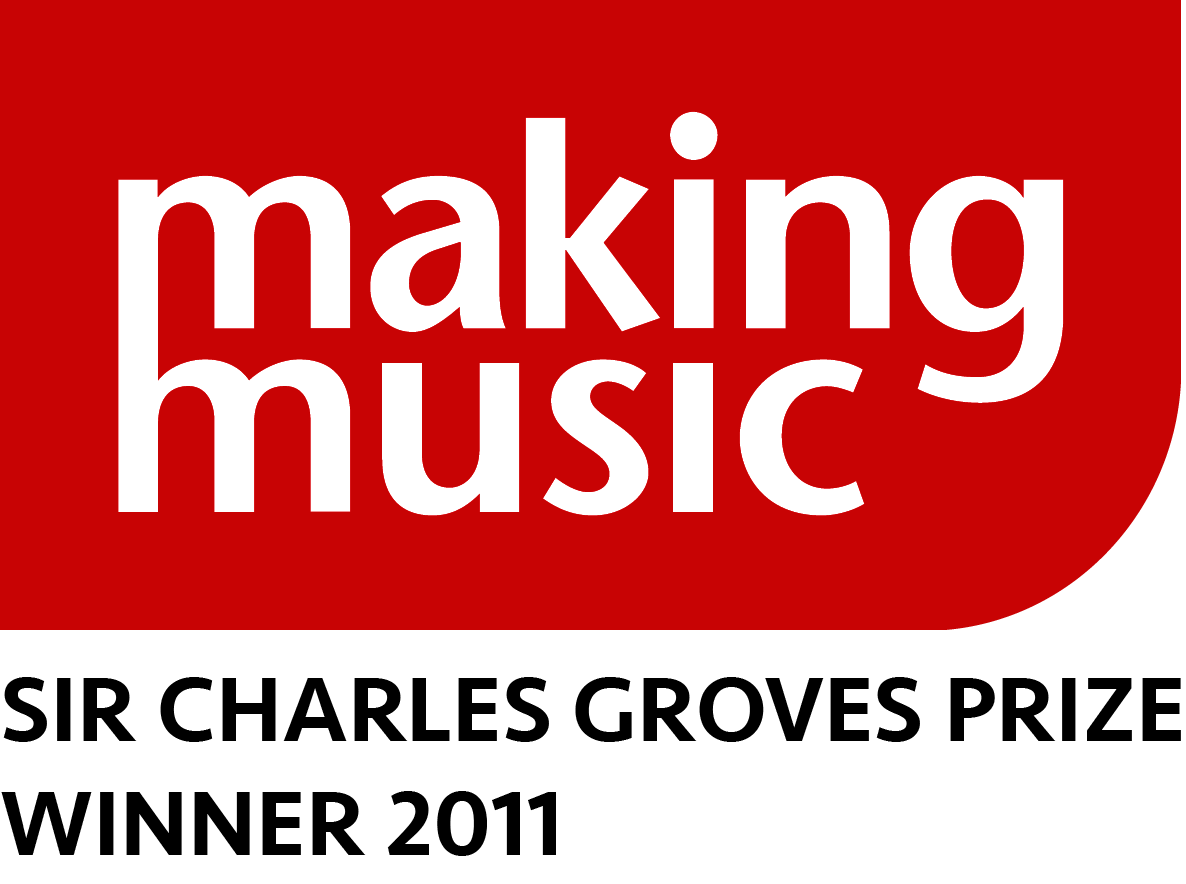







Perfect, plagal, imperfect and interrupted
Introduction:
Cadences are like musical punctuation – they punctuate the ends of musical phrases and sections of music much like commas and full stops punctuate the written word.
The most common types of cadence that you’ll need to understand for GCSE music are:
Each cadence has its own distinctive sound and is formed by the relationship between the final two chords of a musical phrase.
Scales:
The first thing to understand before we move onto the actual cadences are the notes of the scale (let’s stick with the major scale) and the intervals between them. Sing through the song 1, 121 and play it on your instrument (choose a good key for your instrument) and if it’s possible sing and play consecutively. This song uses all eight notes of the major scale – going up and coming back down. It might help to use the fingers on your hand like a ladder while you sing up and down. With one hand facing you, count your little finger as 1, the space between your little finger and ring finger 2, your ring 3 etc using fingers and spaces all the way to 8 (the space before your thumb).
Intervals:
The notes of a scale are also referred to as the degrees of the scale i.e. 1 (1st), 2 (2nd), 3 (3rd) etc. Next sing and play through the Intervals/ Numbers warm-up (find the best key for your instrument), try and become really familiar with the intervals. It really helps if you can hear them in your head and sing/play them as that way it becomes easier to identify each cadence later on.
Once you can clearly sing and play the scales and intervals practise the following moving between these notes:
Chords:
Next play them as chords, instead of single notes, so for instance in the key of C, the first chord is C, the 4th chord F and the 5th chord G. Chord 2 is D minor and chord 6 is A minor. Use a guitar or piano or these instruments on an App like Garageband.
Some handy videos with examples of cadences include:
Some new vocabulary to listen out for are the words: tonic, dominant and subdominant which means chords 1 (I), 4 (IV) and 5 (V).
Sing Up has a song for each type of cadence (available for Members):
Each song outlines one cadence and aims to give you a little bit of context about them. Listen to Perfectly Perfect. What do you learn about the cadence from the song? What clues do the lyrics give you? Can you identify the examples of the cadence in the song?
For ten minutes each day listen to music that you generally don’t listen to and try and see if you can pick out any obvious cadences as well as other features you need to know for GCSE such as the instrumental techniques used, the style of the music, the texture etc.
Compose your own cadences:
Create an 8-bar chord progression that features one of the cadences at the end. Try and record a bassline that follows the chord pattern, record the chords next followed by a melody over the top. Over the course of a few weeks do this for each of the cadences.







